Notes Taking

How can I avoid information overload when taking notes ?
When taking notes, it's easy to become overwhelmed by the sheer volume of information. However, there are strategies you can employ to avoid information overload and ensure that your note-taking is effective and efficient. Here are some tips: 1. Prioritize Information: Determine what information is most important and relevant to your needs. Focus on key concepts, main ideas, and supporting details that are directly related to your goals or assignment requirements. This will help you filter out extraneous information and prevent you from feeling overwhelmed. 2. Use a Systematic Approach: Develop a consistent system for organizing your notes. This could involve using headings, subheadings, bullet points, or numbered lists to break down information into manageable chunks. By doing so, you'll be able to quickly identify and locate specific pieces of information later on. 3. Take Breaks and Review: Taking regular breaks while studying or attending lectures can help reduce cognitive fatigue and improve focus. During these breaks, review your notes briefly to reinforce key concepts and identify areas that may need further clarification or elaboration. 4. Summarize and Paraphrase: Instead of trying to capture every word verbatim, summarize or paraphrase key points in your own words. This not only helps with retention but also encourages active learning as you process the information more deeply. 5. Use Visual Aids: Incorporating diagrams, charts, or other visual aids into your notes can help simplify complex information and make it easier to understand and remember. These tools can also serve as helpful reminders when reviewing your notes later on. By implementing these strategies, you can effectively manage the amount of information you encounter during note-taking sessions and avoid feeling overwhelmed or stressed out. Remember, the goal is not to capture every detail but rather to distill key concepts and retain them for future reference.

What are the best methods for taking notes in class ?
The text provides a comprehensive overview of four effective methods for taking notes in class, namely the Cornell Method, Outlining Method, Mind Mapping Method, and Sentence Method. The Cornell Method involves dividing your paper into three sections to organize your notes, while the Outlining Method uses headings and subheadings to create a hierarchical structure. The Mind Mapping Method is a visual technique that involves creating a diagram of connected ideas, and the Sentence Method involves taking notes in complete sentences to better understand and retain information. Each method has its own unique steps and benefits, making it important for students to choose the one that works best for them.

Is there a specific format or structure that works best for taking notes ?
Taking effective notes requires finding a format or structure that suits your learning style, subject matter, and personal preferences. Popular note-taking methods include the Cornell Method, the Outline Method, the Mind Map Method, and the Sentence Method. The Cornell Method encourages active learning by prompting you to think about the material as you take notes, while the Outline Method helps you see the big picture and understand how different concepts relate to each other. The Mind Map Method encourages creativity and helps you see connections between different ideas, while the Sentence Method encourages deep thinking and understanding of the material. It's important to experiment with different methods and find the one that works best for you in order to improve your retention, organization, and productivity.

What are some strategies for taking effective notes during history classes ?
Strategies for taking effective notes during history classes include preparation, active listening, organization, key terms and concepts, visual aids, summarizing, and review and revise. Preparation involves having necessary materials and reviewing assigned readings. Active listening requires focusing on the instructor's words and connecting them with the readings. Organization means using a consistent format for notes, such as bullet points or outlines. Key terms and concepts should be written down, and visual aids like diagrams or timelines can help visualize information. Summarizing main points after each class reinforces understanding, and regular review and revision of notes can improve retention.

How can I improve my note-taking skills during lectures ?
Note-taking is a crucial skill for students, especially during lectures. It helps you retain information, organize your thoughts, and review the material later. Here are some tips on how to improve your note-taking skills during lectures: ## Use the Right Tools ### Choose the Right Notebook or Device - **Spiral-bound notebooks** are great for taking notes because they stay open and flat. - **Digital devices** like laptops or tablets can be useful, but make sure they don't distract you from the lecture. ### Use Appropriate Pens or Pencils - **Pens with comfortable grips** reduce hand fatigue and allow you to write for longer periods. - **Mechanical pencils** don't need to be sharpened and provide consistent line width. ## Develop Effective Techniques ### Practice Active Listening - **Focus on the speaker** and avoid distractions. - **Listen for main ideas** and key terms. ### Use Abbreviations and Symbols - **Create a list of common abbreviations** that you can use consistently. - **Use symbols** like arrows, stars, or underlines to highlight important points. ### Organize Your Notes - **Write headings and subheadings** to separate different topics. - **Use bullet points or numbered lists** to organize information. ## Review and Refine Your Notes ### Review Your Notes Soon After the Lecture - **Rewrite or type up your notes** within 24 hours to reinforce learning. - **Identify any gaps** in your understanding and seek clarification. ### Refine Your Notes Over Time - **Combine your notes with those of classmates** to get a more comprehensive understanding. - **Revise your notes** periodically to ensure they remain organized and relevant.
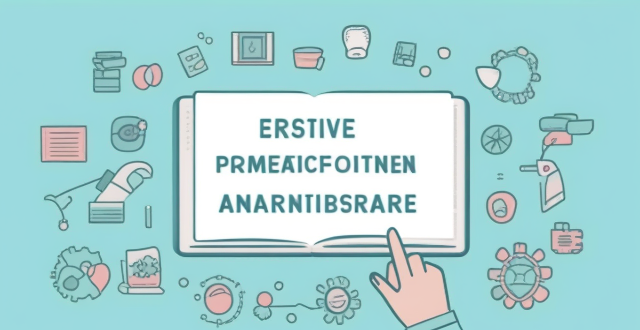
What are the best ways to take notes during a lecture or class ?
The given text provides a detailed guide on how to take effective notes during a lecture or class. It emphasizes the importance of active listening, organizing one's notebook, using shorthand and abbreviations, focusing on key ideas, utilizing visual aids, reviewing notes, collaborating with peers, and leveraging technology for note-taking. The strategies aim to enhance learning and retention by capturing essential information efficiently.
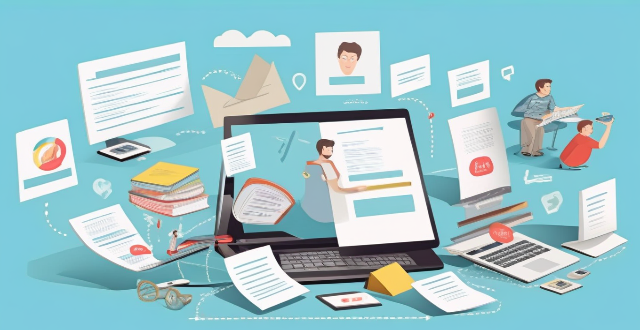
What is the best way to take notes in class ?
The article offers advice on effective note-taking during classes, emphasizing the importance of choosing a method (notebook or laptop), organizing notes with clear structure, focusing on key concepts, using visual aids, reviewing and revising notes, asking questions, and collaborating with classmates. These strategies are crucial for retaining information and understanding lecture content, ultimately contributing to academic success.
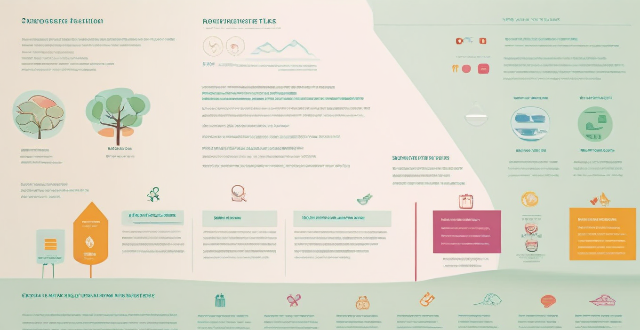
How do I organize my notes for better understanding and retention ?
This comprehensive guide outlines effective strategies for organizing notes to improve understanding and retention. It emphasizes the importance of a consistent format, color-coding, personalizing notes, incorporating visual aids, regular review and revision, integrating real-world examples, maintaining cleanliness and organization, and leveraging technology. By adopting these practices, individuals can enhance their learning experience and retain information more effectively.

How often should I revisit and update my notes ?
Revisiting and updating your notes is a crucial learning process that helps reinforce information, identify areas needing attention, and keep notes relevant and organized. Immediately after class or meeting, review key points, fill in gaps, and organize the information. Within 24-48 hours, consolidate learning, connect ideas, and identify questions. Weekly reviews should summarize concepts, integrate with other subjects, and reflect on understanding. Monthly reviews aid long-term retention, update notes, and prepare for assessments. Before major assessments, do a comprehensive review, practice application, and create study aids. Ongoing maintenance includes cleanup, indexing/categorizing, and digital backup. The frequency of revisiting and updating notes depends on subject complexity, learning goals, and deadlines.
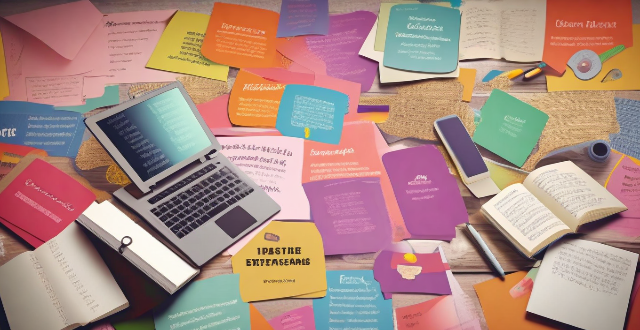
What are some creative ways to make studying from notes more engaging ?
The article discusses various strategies to make note-based learning more engaging and effective. The suggested approaches include interactive notebooks, active review techniques, digital integration, engaging activities, and regular revision schedules. Interactive notebooks involve color coding, diagrams, and margin notes for visual appeal and memory retention. Active review techniques such as teach it back, flashcards, and summarization help in understanding and recalling concepts better. Digital integration tools like note-taking apps, Quizlet, and online collaboration platforms aid in organizing and sharing notes. Engaging activities like role-playing, debates, and gamification elements promote kinesthetic learning and discussions. Regular revision schedules with spaced repetition, review tracking, and reflection time ensure long-term memory retention. By incorporating these strategies, studying from notes becomes a dynamic and engaging process that enhances both understanding and retention of the material.

What are the benefits of using a digital tool for note-taking ?
The article discusses the advantages of using digital tools for note-taking, which include increased efficiency, improved learning and retention, environmental benefits, and collaboration opportunities. Digital notes can be taken quickly, organized easily, searched efficiently, and accessed from anywhere. They also offer visual aids, audio recordings, linking capabilities, and review options that enhance learning and retention. Additionally, digital note-taking reduces paper waste, energy consumption, and physical storage needs, contributing to a more sustainable environment. Finally, digital tools facilitate collaboration by allowing note sharing, real-time editing, version control, and feedback mechanisms. Overall, digital note-taking is an optimal choice for students, professionals, and anyone looking to optimize their note-taking experience.
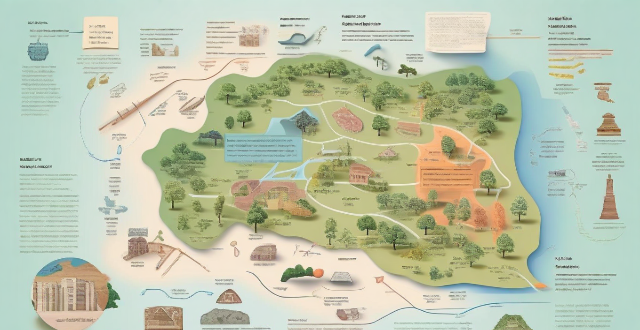
How can mind maps be used to enhance note-taking and organization ?
Mind maps are an effective tool for organizing information, enhancing memory recall, and improving note-taking. They offer a visual representation of complex ideas, making it easier to understand and remember them. Mind maps can be used in various ways, such as organizing information, enhancing memory recall, and improving note-taking. They utilize visual associations, hierarchical structures, and flexibility to aid in understanding, remembering, and applying complex information in different contexts. Examples of using mind maps include studying, project planning, brainstorming, and taking meeting notes.
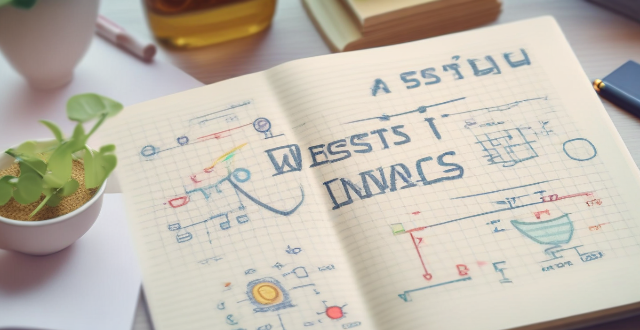
What is the best way to review and revise my notes before an exam ?
The best way to review and revise notes before an exam involves organizing your notes, using active learning techniques such as self-testing and teaching others, employing spaced repetition for better retention, mixing up study methods, maintaining good health through sleep and nutrition, and conducting a final review closer to the exam date. Consistent and continuous study habits are crucial for success.

What settings do I need to change to ensure seamless syncing of my Apple Notes across all my devices ?
Ensure seamless syncing of Apple Notes across devices by verifying iCloud account, enabling iCloud sync for Notes, updating software versions, checking network connection, avoiding conflicting changes, using same region and language settings, troubleshooting with iCloud website, and contacting Apple Support if needed.
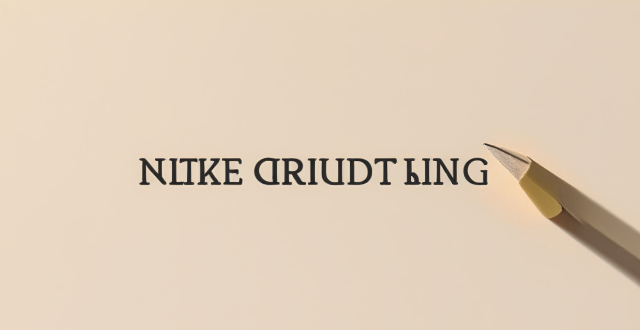
How can I make efficient notes for revision purposes ?
Efficient note-taking is crucial for revision and studying. Use the Cornell Method, highlight key information, use abbreviations and symbols, organize your notes, and review them regularly to improve retention and prepare for exams.
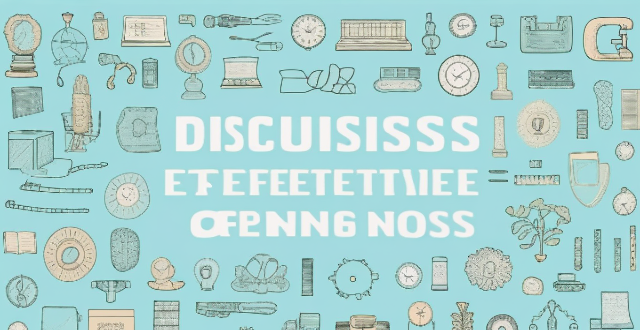
What are the most effective note-taking methods for students ?
The text discusses five effective note-taking methods for students, including the Cornell Method, Mind Mapping, Outlining, Sentence Method, and Charting. Each method has its own advantages and disadvantages, and may be more suitable for certain types of classes or subjects. The text emphasizes the importance of active learning and engagement with the material in order to retain information and review notes efficiently.

Are there any specific techniques to boost understanding during lectures or presentations ?
Boosting Understanding During Lectures or Presentations Active listening techniques, visual aids, questioning strategies, participation and interaction, and review and reinforcement are all methods to improve understanding during lectures or presentations. Engaging with the material, taking selective notes, using diagrams and illustrations, asking questions, joining group discussions, and reviewing notes promptly can all help enhance comprehension and make it easier to retain and apply the information later on.

What are the benefits of taking climate action ?
Taking climate action is crucial for the survival and well-being of our planet and its inhabitants. Here are some of the benefits that come with taking climate action: 1. Health Benefits: - Improved Air Quality: Reducing greenhouse gas emissions can help improve air quality, leading to fewer respiratory problems and a lower risk of lung cancer. - Reduced Heat-Related Illnesses: Taking steps to mitigate climate change can help reduce the frequency and intensity of heatwaves, which in turn reduces the risk of heat-related illnesses like dehydration and heat exhaustion. 2. Economic Benefits: - Job Creation: Investing in renewable energy sources like wind and solar power creates jobs in manufacturing, installation, and maintenance. - Cost Savings: By reducing our dependence on fossil fuels, we can save money on energy bills and reduce the economic impact of fluctuating oil prices. 3. Environmental Benefits: - Biodiversity Preservation: Taking climate action helps protect habitats and ecosystems, preserving biodiversity and preventing species extinction. - Water Conservation: Mitigating climate change can help preserve water resources by reducing the severity and frequency of droughts. 4. Social Benefits: - Community Resilience: Taking climate action can help build more resilient communities by preparing for and adapting to the impacts of climate change. - Public Awareness: Climate action raises public awareness about environmental issues, promoting a culture of sustainability and encouraging individuals to make eco-friendly choices in their daily lives. In conclusion, taking climate action offers numerous benefits that extend beyond just protecting the environment. It's essential for our health, economy, and social well-being. By working together to reduce greenhouse gas emissions and adapt to the changing climate, we can create a more sustainable and resilient future for all.
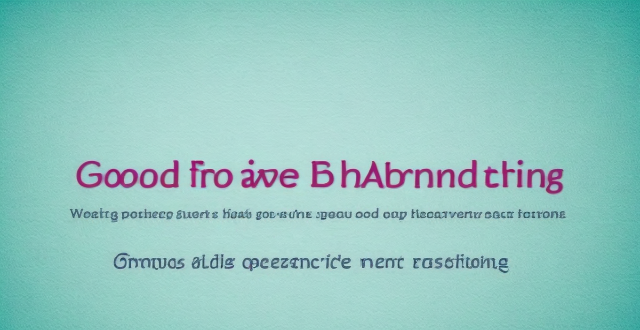
What are some good habits for productive studying ?
The text provides a list of 10 good habits for productive studying, including creating a study schedule, finding a quiet and comfortable study space, taking breaks regularly, staying organized, using active learning techniques, setting goals and prioritizing tasks, eliminating distractions, reviewing regularly, seeking help when needed, and taking care of oneself. These habits can help improve focus, retention, and overall productivity during study sessions.

Is it safe to exercise while taking immunosuppressant medications ?
Is it safe to exercise while taking immunosuppressant medications? This article explores the potential risks and benefits of exercising while taking immunosuppressant medications. While these drugs are essential for many people, they can also have side effects that may impact a person's ability to exercise safely. The primary concerns associated with exercising while taking immunosuppressant medications include an increased risk of infection, fatigue and weakness, and musculoskeletal issues. However, regular exercise has been shown to improve mental health, enhance immune function, and reduce the risk of chronic diseases. It is generally safe for individuals taking immunosuppressant medications to exercise, but they should take certain precautions to minimize their risk of infection and other potential complications.

How does participating in extreme sports affect mental toughness and risk-taking behavior ?
Extreme sports can positively affect mental toughness and risk-taking behavior, helping individuals build resilience and manage risks effectively. However, it is crucial to prioritize safety and recognize personal limitations.
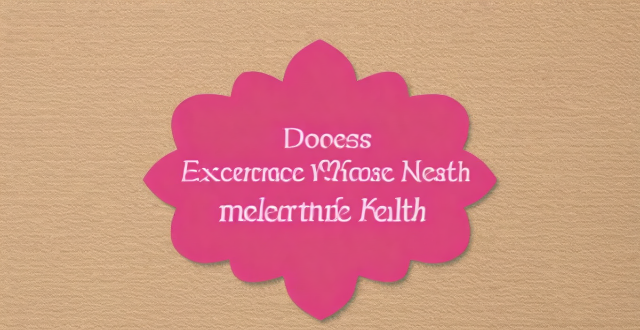
What are the benefits of shopping during the discount season ?
Shopping during the discount season offers numerous benefits for consumers, including saving money, getting more value for your money, trying new products, clearing out inventory, avoiding crowds, and taking advantage of promotions. By taking advantage of these opportunities, you can maximize your savings and enjoy a more enjoyable shopping experience.

What are some effective study techniques for college students ?
**Effective Study Techniques for College Students:** College students can improve their academic performance by adopting effective study techniques. These include creating a study schedule, finding a suitable study environment, using active learning strategies, breaking information into chunks, practicing retrieval and review, staying organized, collaborating with peers, maintaining a healthy lifestyle, and seeking help when needed. Consistency, minimizing distractions, engaging with the material, chunking information, quizzing oneself, spaced repetition, utilizing note-taking systems and digital tools, participating in study groups, getting enough sleep and exercise, and leveraging academic support services are all crucial elements of successful studying. It's important to experiment and find out which methods work best for individual needs.

Can you recommend any effective study apps ?
The text provides a topic summary of effective study apps that can help students stay organized, focused, and motivated. The apps include Quizlet, Forest, Evernote, Khan Academy, and Duolingo. Quizlet is a flashcard app with various modes of studying including flashcards, practice tests, and games. Forest helps users stay focused by planting virtual trees while studying. Evernote is a note-taking app that allows users to organize their notes into notebooks and folders. Khan Academy is a free online learning platform that offers video lessons and exercises on a wide range of subjects. Duolingo is a language learning app that uses gamification techniques to keep users engaged and motivated. The text concludes by encouraging readers to try these apps and see which ones work best for them.
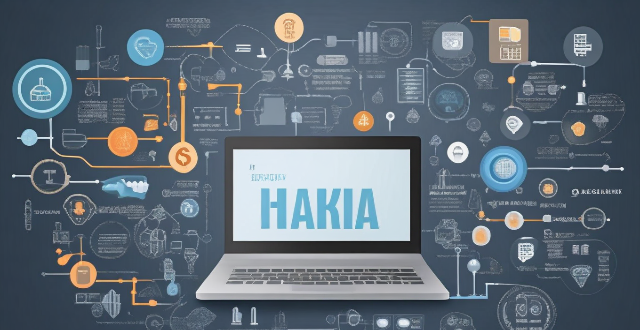
What are the best iPhone apps for productivity ?
Productivity is a key aspect of modern life, and having the right tools can make all the difference. For those who use iPhones, there are numerous apps available that can help boost productivity. Some of the best ones include Evernote, Todoist, Trello, Microsoft Outlook, Notion, Google Drive, Apple Reminders, Slack, Asana, and Bear. These apps cover a wide range of needs, from task management to project collaboration to note-taking. By using these apps effectively, you can boost your productivity and achieve more in less time.

What are the benefits of taking breaks while studying ?
Taking breaks while studying is crucial for effective learning, as it improves focus, reduces stress, and enhances productivity.
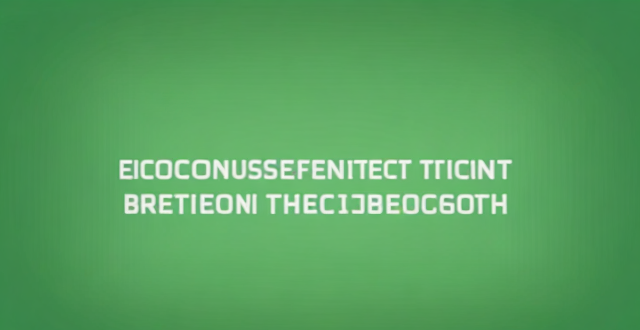
What are the economic benefits of taking climate action ?
The text discusses the economic benefits of taking climate action, such as job creation in renewable energy and green infrastructure sectors, innovation driven by research and development, cost savings due to avoided climate-related damages and improved health from reduced pollution, and enhanced national competitiveness through attracting talent and investment.
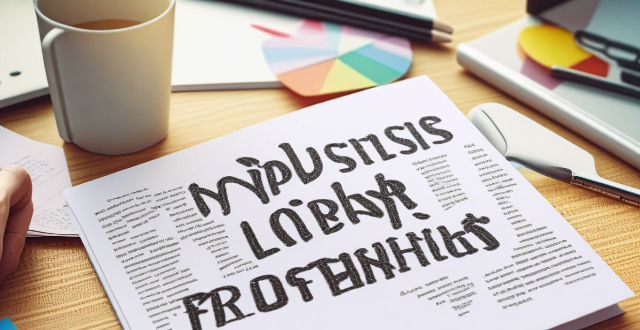
Are there any apps or tools that can help me track my progress in understanding different texts ?
The text discusses various apps and tools that can help users track their progress in understanding different texts, including Reading Comprehension Apps like Quizlet and Khan Academy; Productivity Tools for Text Comprehension such as Evernote and Trello; Online Tools for Text Analysis like SparkNotes and CliffsNotes; and Personalized Learning Platforms like Adaptive Learning Systems. These resources provide features such as flashcards, video tutorials, annotations, note-taking, project boards, database views, plot summaries, character analysis, chapter-by-chapter breakdowns, close reading, personalized pathways, real-time feedback, and reading logs to aid comprehension and monitor progress.
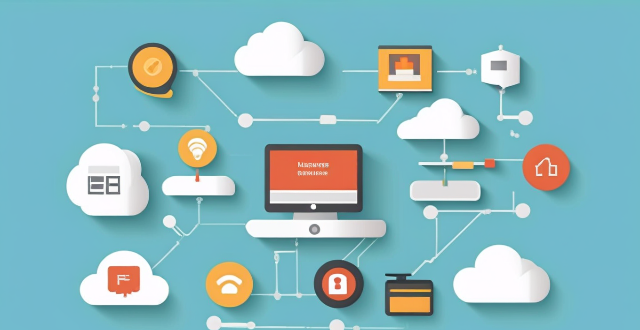
Which iPhone apps are the best for staying organized ?
The article discusses various iPhone apps that can help users stay organized, including Todoist for task management, Evernote for note-taking, Trello for project visualization, Google Drive for cloud storage and file sharing, and Apple Reminders for simple reminders. Each app offers unique features to aid in productivity and goal achievement.
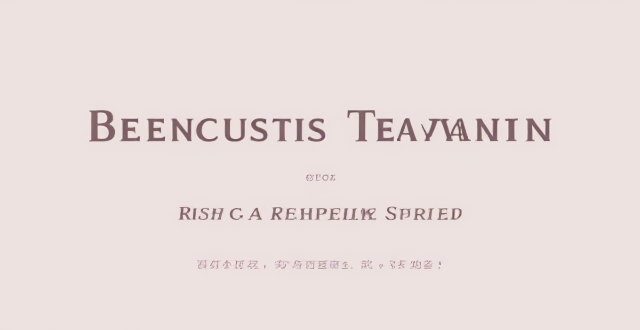
What are the benefits of taking vitamin supplements for women ?
The text discusses the benefits of taking vitamin supplements for women, including improved overall health, better skin health, reduced risk of chronic diseases, boosted immune system function, and improved mental health. It also emphasizes the importance of consulting with a healthcare professional before starting any new supplement regimen.